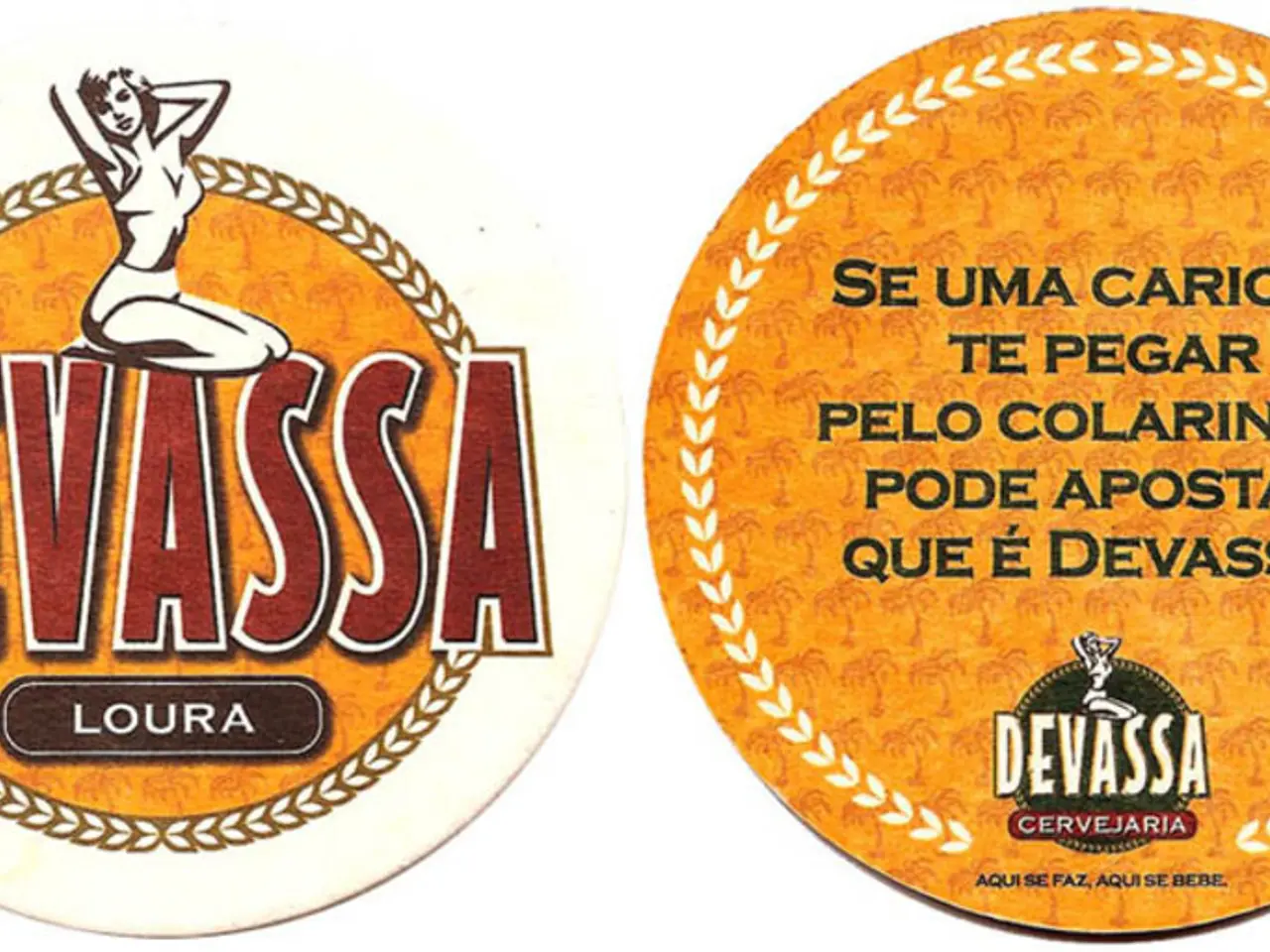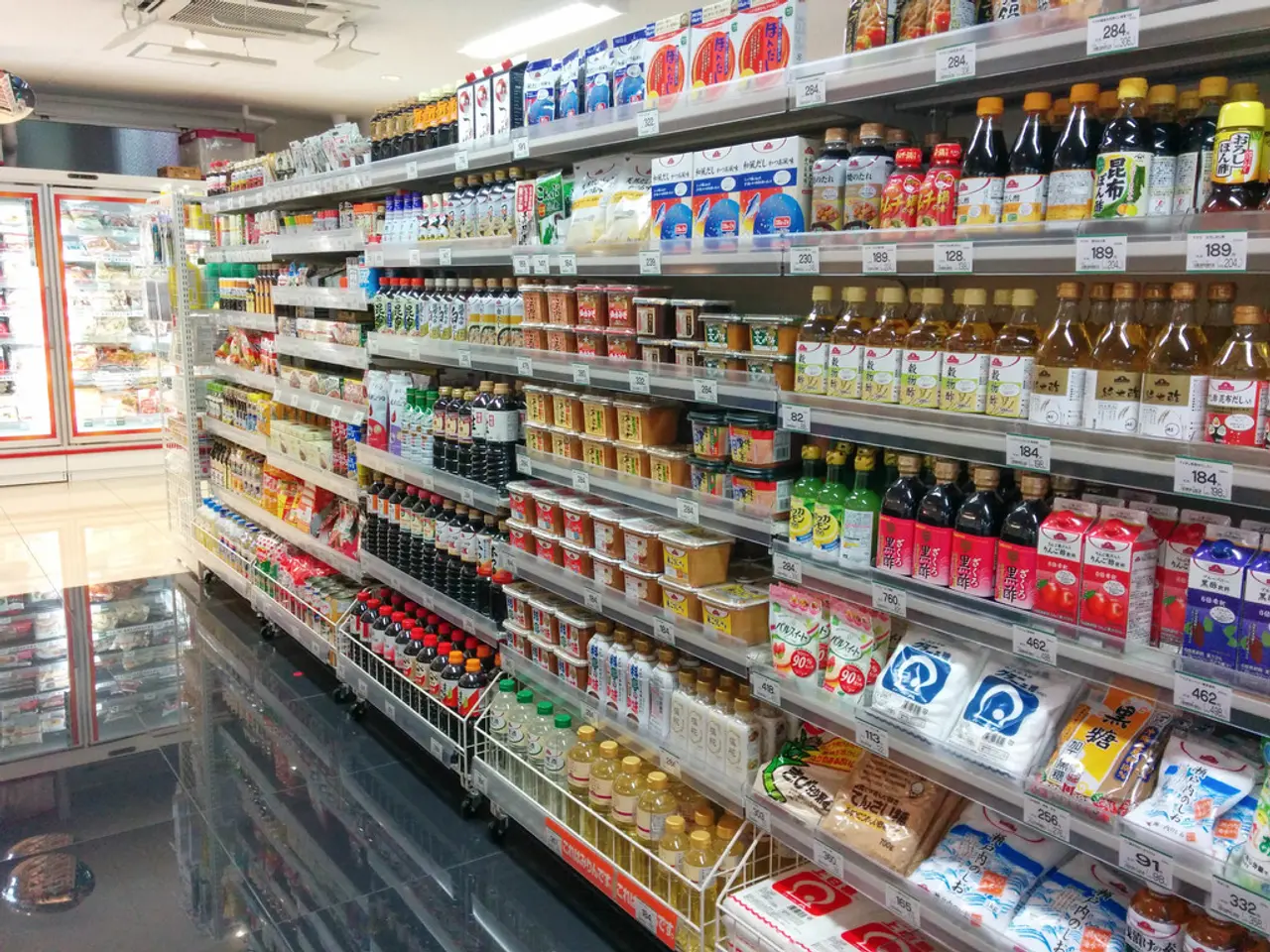Craft an Ideal Project Synopsis for a Logo Designer
### A Comprehensive Guide to Writing a Successful Logo Design Project Description
A well-crafted project description is crucial for a logo design project, as it provides the designer with a clear understanding of your vision, expectations, and constraints. By including essential components, you ensure clarity, alignment, and efficiency in the design process.
#### Business and Brand Essentials
Start by providing the designer with basic business information such as your business name, industry, slogan, and relevant contact details. Offer context about what your business does, its mission, vision, values, and unique selling points that distinguish you in your market. Describe the personality traits you want your logo to communicate, such as playful, professional, trustworthy, or innovative. Define your primary and secondary audiences, along with any specific characteristics or preferences this group may have.
#### Design Requirements
Specify the style of logo (wordmark, brandmark, emblem, etc.) you prefer and explain why you prefer this type. Indicate preferred colors, taking into account color psychology considerations or any colors to avoid. Describe visual styles that appeal to you, such as minimalist, illustrative, retro, or modern. Provide examples of logos you admire, mood boards, or reference images to clarify your taste and expectations. Clearly list any elements, themes, or styles you want included or excluded from the logo.
#### Project Specifications
Explain the purpose of the new logo, what you hope to achieve, and any specific messages it should convey. State the expected final deliverables (e.g., file formats, variations for different uses). Specify deadlines for drafts, revisions, and final delivery. Be upfront about your budget or compensation expectations for the design work. Clarify the extent of the project, including the number of concepts, feedback rounds, and any additional branding collateral that may be required.
#### Additional Context
Mention if you want to incorporate (or avoid) current design trends in your industry. Offer deeper context about your brand’s story, aspirations, and what makes it unique—this helps the designer connect emotionally and intellectually with your brand. Outline your process for providing feedback and any preferences for collaboration or communication during the project.
A strong project description not only saves time and prevents misunderstandings but also provides the logo designer with the insight they need to deliver impactful results. By including business context, brand personality, design requirements, project logistics, and collaborative details, you set the stage for a logo that truly represents your brand’s essence.
The project description should also include details about your preferred lifestyle, such as if your brand is centred around fashion-and-beauty, food-and-drink, home-and-garden, technology, or education-and-self-development. Sharing this information can help the designer understand the aesthetic you're striving for and create a logo that aligns with your brand's overall tone.
Moreover, it may be beneficial to mention any affiliations or partnerships your brand may have with popular figures or brands in these industries, as these can further influence the design process.
Lastly, if your brand aims to promote a certain lifestyle or align with specific values associated with these sectors, be sure to communicate this to the designer, as these values can often be reflected in the logo design itself.




